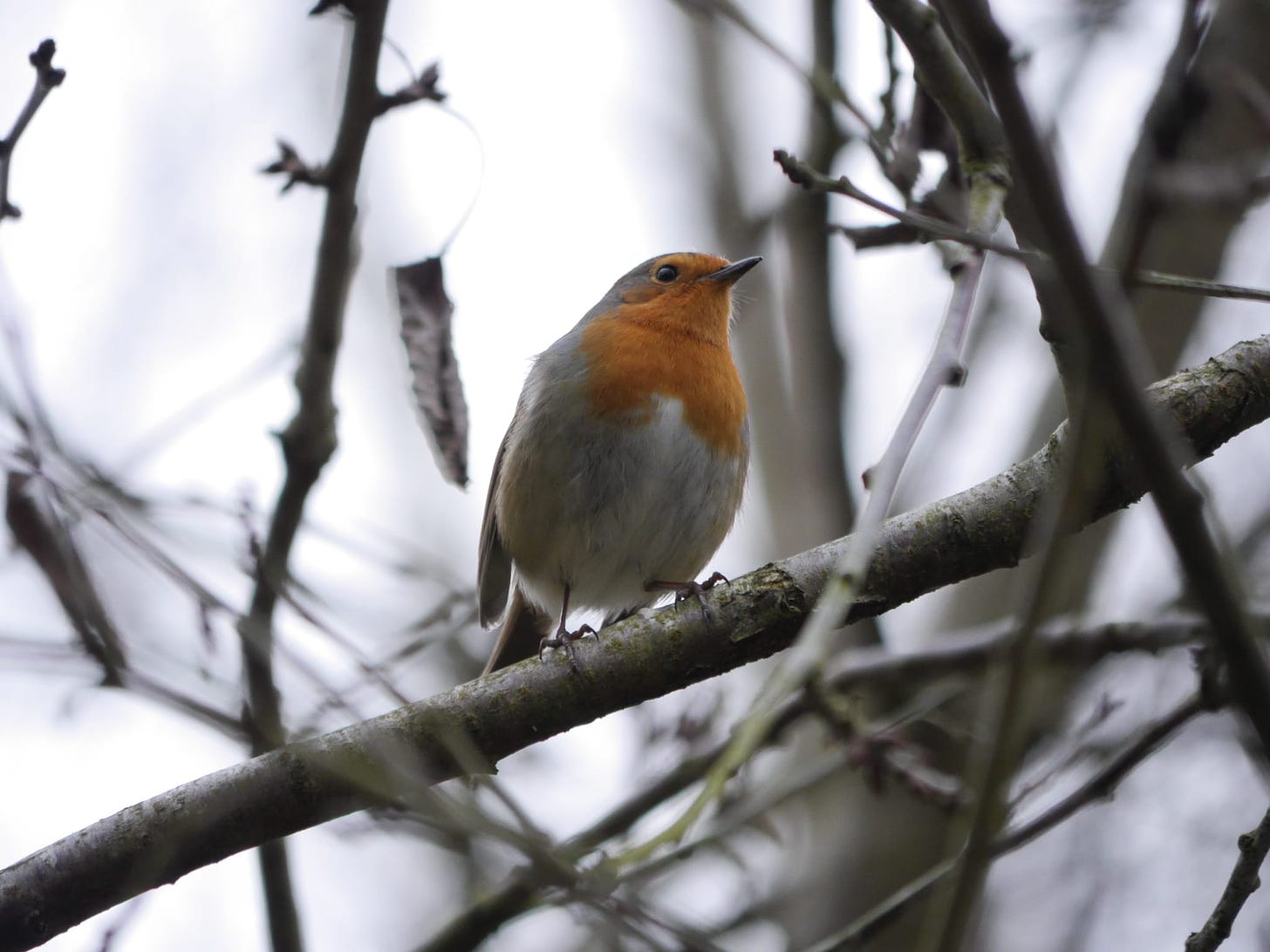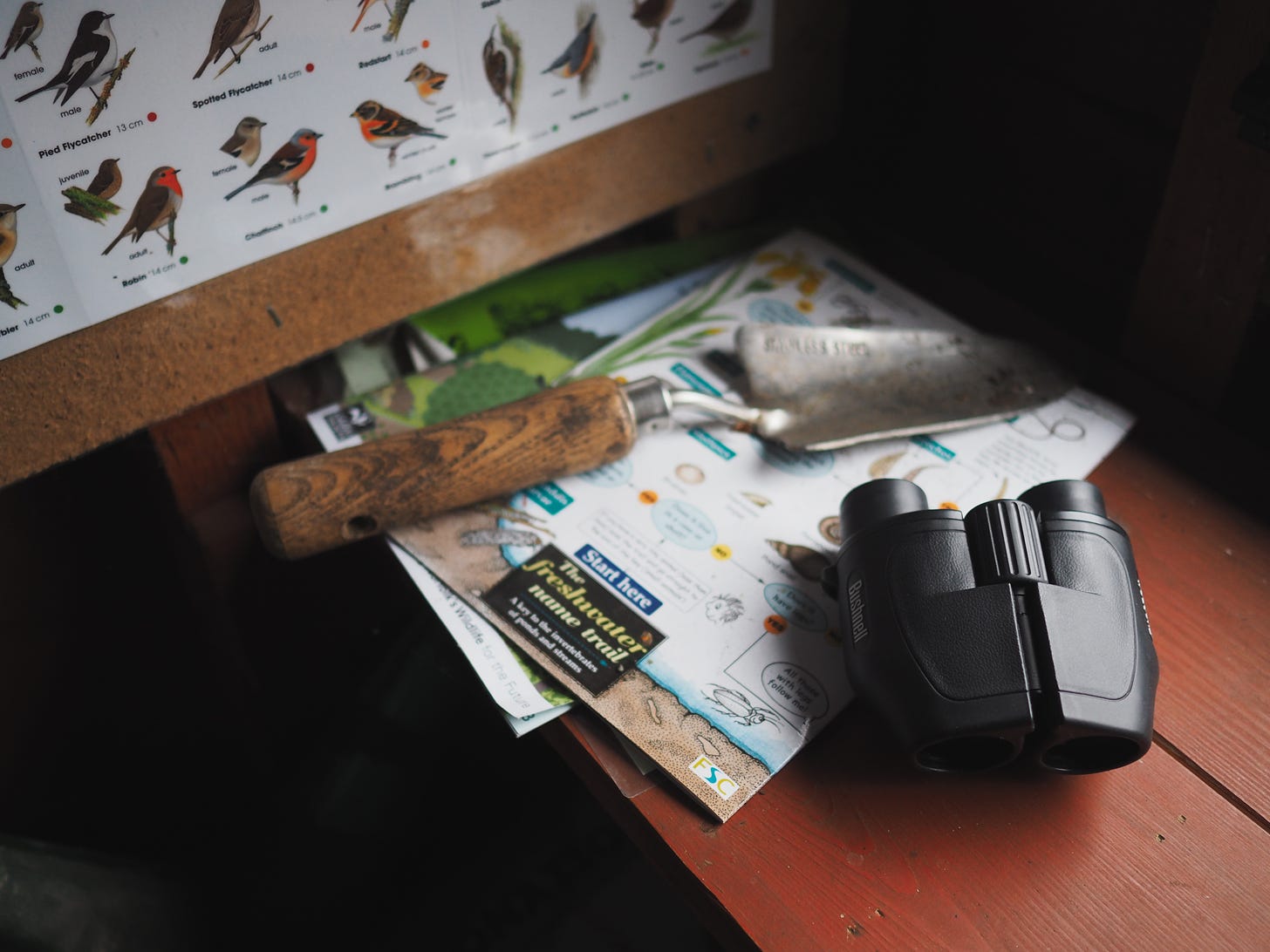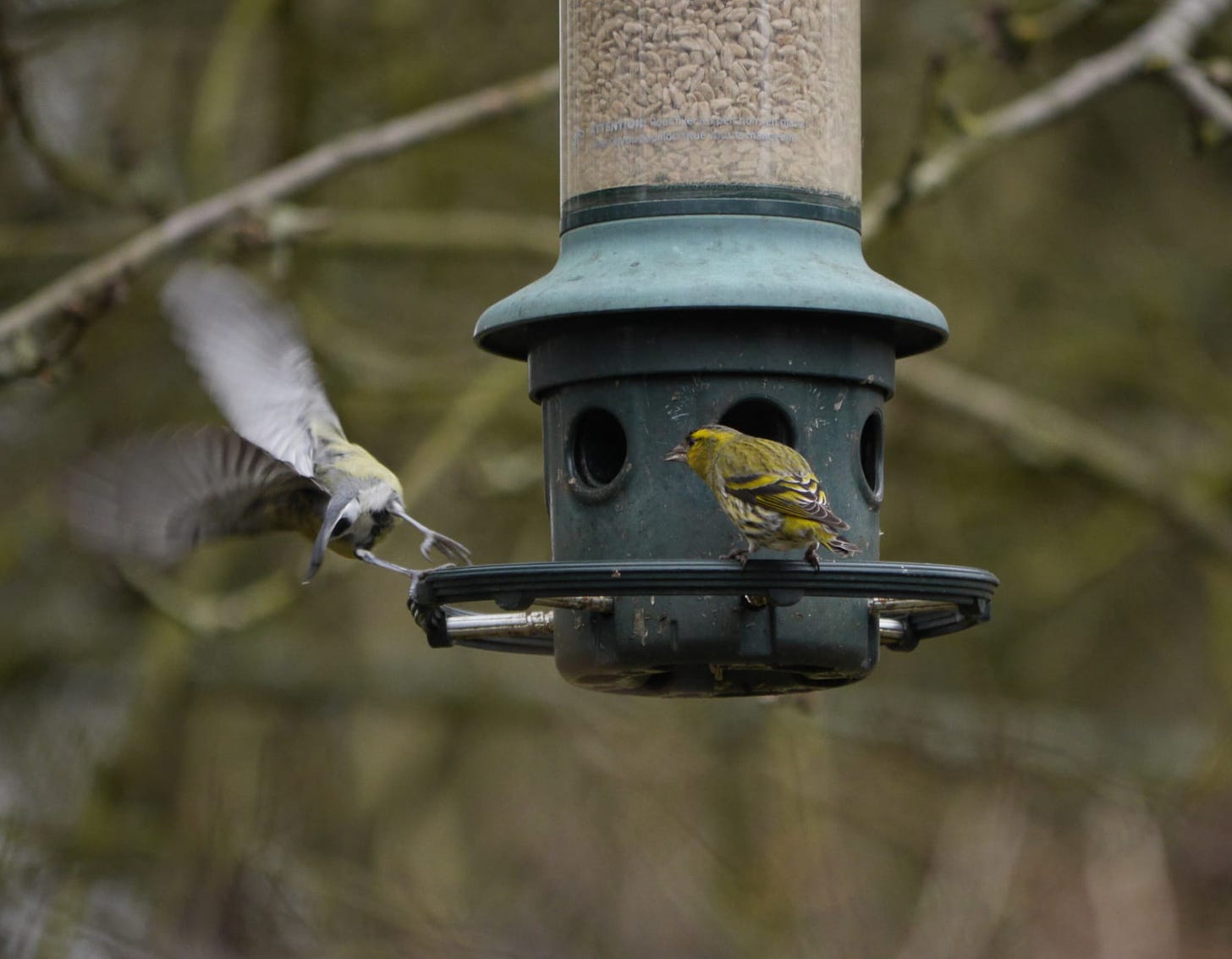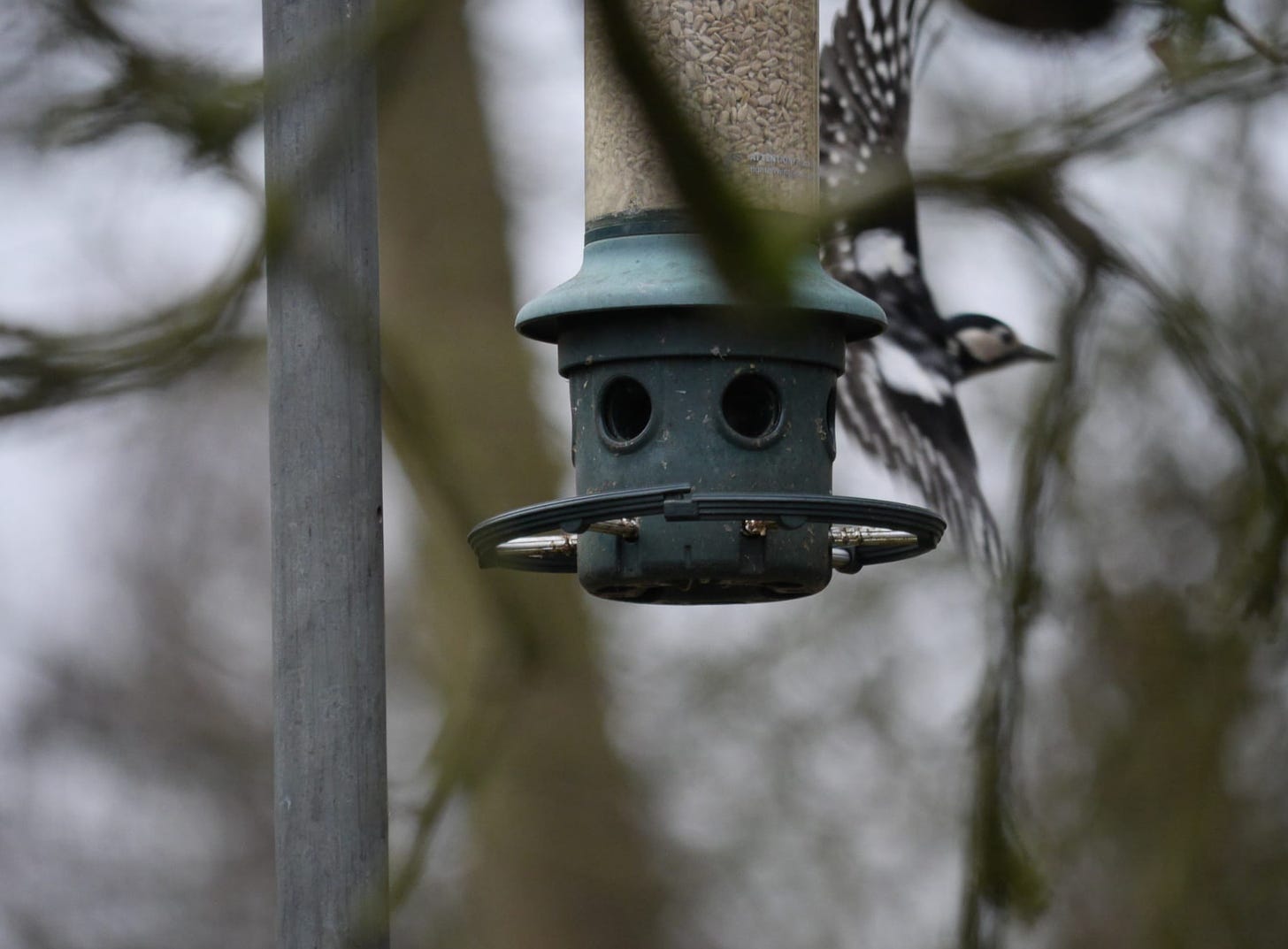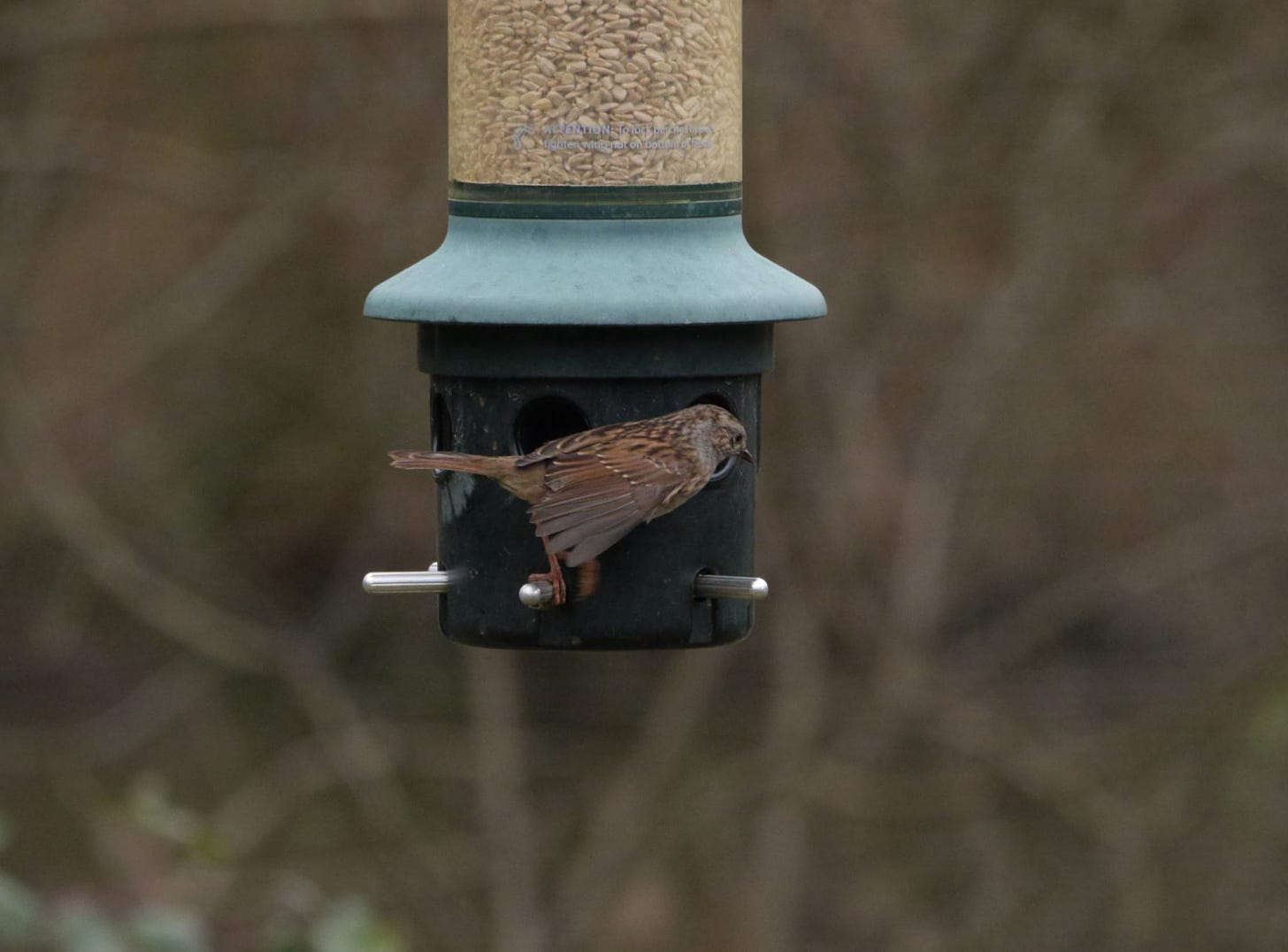I often wonder if I’m not alone in offloading my thoughts to the trees and the land.
I don’t often talk when I walk, even in company. Walking in nature is a chance to release the week’s anxieties; carrying the load of heavy feelings into the woods, then gradually releasing them into hedgerows and branches.
Each one of my local woodlands and fields has absorbed some of my troubles and secrets. As I try to unravel the tangled threads in my mind, I imagine them leaving my head and landing in the twigs, where they’re taken in and recycled into some some good soil.
After this untethering, my body starts to slow down. Each step feeling lighter than the one before as it starts to settle into a steady pace. It never happens instantly and it still takes effort to get into this headspace; but after a while, I notice that the churn of anxiety-provoking thoughts doesn’t hold such a dominant place. I find comfort in this ritual and process: my shoulders start to drop and my muscles unclench.
I’ve found that the same feeling of relief comes from talking to the birds. Not often out loud, mostly in my head. I tell them my most trifling annoyances, as well as my innermost fears. A catharsis either way as I picture these tiny Secret-Keepers of the Sky taking my thoughts and dropping them out amongst the clouds, to dissolve into the atmosphere in the hope that better ones will return.
Of course, these beautiful creatures have better things to do; they have busy avian lives to lead, to-ing and fro-ing in and out of hedges. Roosting, feeding, nest-building, chick-raising. It’s all very industrious. Watching them is a meditative pursuit. I often wonder what they’re chirping about to each other.
I managed to do quite a bit of birding this past weekend. In the woods on Saturday, I saw a jay and a sparrow hawk and heard numerous woodpeckers, with their characteristic ‘drumming’ overhead. On Sunday, it was a day of many firsts: siskins, greenfinches and a great spotted woodpecker. I was particularly happy to see a greenfinch because they’re now on the Red List. What is the Red List? The UK Birds of Conservation Concern Red List means that certain birds are in critical decline. According to the RSPB:
The Red List is a list of birds in the UK, Channel Islands and the Isle of Man in most urgent need of our help. It includes some of our rarest birds such as hen harriers and capercaillie, but also familiar birds like house sparrows and starlings, which have suffered huge declines.
Greenfinches were moved to the Red List, jumping straight from the Green List, because of the large declines in numbers. In the UK we’ve lost 38 million birds over the last 50 years.1
Birds are an essential part of our eco-system balance. They’re seed dispersers, pest eaters, land fertilisers, pollinators, caretakers, nutrient recyclers, cleaner-uppers, landscape transformers, habitat enrichers and food providers.
They’re also joy-bringers, inquisitive observers, music-makers, company-givers, and treasured companions.
We need birds, far more than they need us.
Photo credits: The four beautiful photos of the birds in this post (including the robin, above) were taken by my partner, Chris.
A Siskin and Great Tit
A Greater Spotted Woodpecker
A Dunnock
https://www.rspb.org.uk/get-involved/activities/birdwatch/





